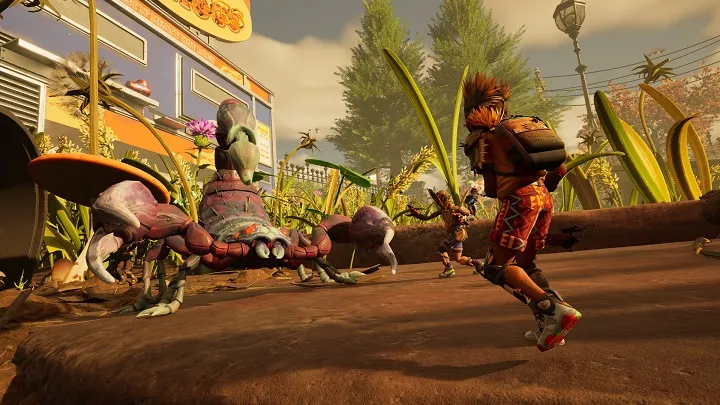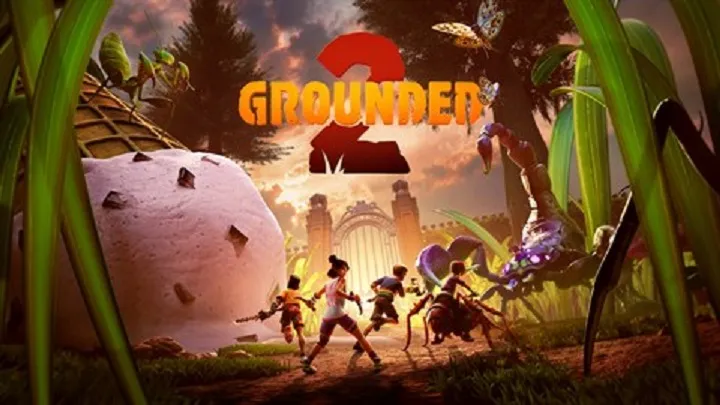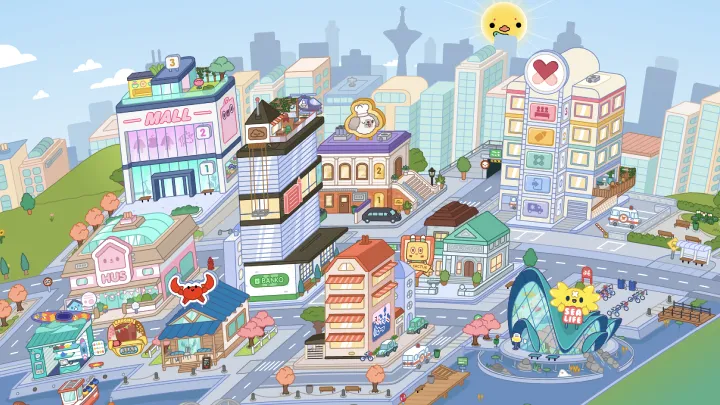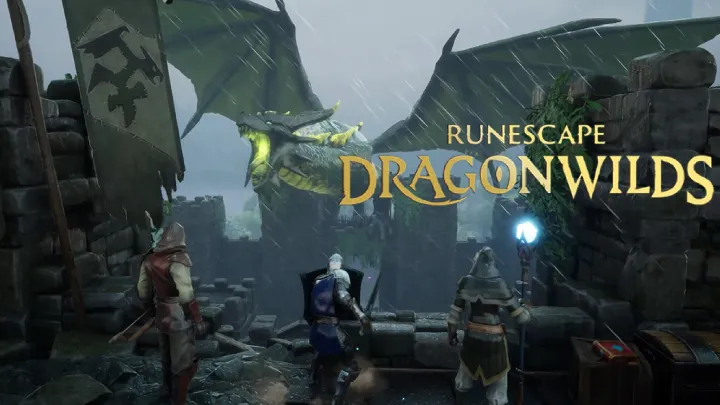Introduction
Grounded 2, the sequel to Obsidian’s beloved survival adventure, once again shrinks players down to the size of an ant and throws them into the hostile ecosystem of a suburban backyard. While combat with spiders, exploration of tunnels, and crafting weapons all play crucial roles, one specific issue stands above all others in shaping the gameplay experience: base building. In Grounded 2, constructing a base is not only about protection but also about resource efficiency, exploration strategy, and psychological comfort in a world that constantly feels overwhelming. This article explores the deep complexities of base building in Grounded 2, breaking down its evolution from the first fragile shelters to the sprawling fortresses of late-game survival.
The First Shelter – Building for Safety
The first hours of Grounded 2 are defined by vulnerability. Players face hostile insects, unpredictable weather, and the constant need for food and water. Building a simple lean-to or crude wall provides a sense of security.
The early base is rarely more than a collection of grass walls and a roof, but it serves a vital purpose: it establishes a safe zone. Even if this base cannot hold off every spider or beetle, it creates a psychological anchor point where players feel less exposed.

Choosing the Right Location
One of the most debated topics in the Grounded 2 community is base placement. The backyard is vast and filled with both opportunities and threats.
Factors in Choosing a Location
- Proximity to resources such as water droplets, grass stems, and food sources.
- Defensive advantages like cliffs, water bodies, or tight spaces that deter large predators.
- Centrality for exploration, ensuring easy access to multiple biomes.
A poorly chosen location often leads to wasted time and constant danger, while a well-chosen one becomes the foundation of long-term success.
Mid-Game Expansion – From Shelter to Settlement
As players gather better tools and materials, the shift from temporary shelter to permanent base begins. Grass walls give way to sturdier stems, and floors expand from a single room to a multi-level structure.
This stage reflects ambition. Players begin to think not just about safety but about efficiency. Storage chests, cooking stations, and water collectors transform the base into a hub of activity. The mid-game base is no longer about hiding—it is about thriving.
Resource Management and Efficiency
Base building in Grounded 2 is inseparable from resource management. Every wall, roof, and platform requires careful gathering and crafting.
Key Considerations
- Balancing labor: Should time be spent gathering stems for stronger walls or exploring for rare materials?
- Transport challenges: Carrying large items across hostile terrain is risky, requiring teamwork or careful planning.
- Sustainability: Building too big too soon drains resources, leaving the player vulnerable.
Resource scarcity ensures that base building is never trivial. Each plank and wall represents risk and investment.
Defense Systems – Protecting Against Insect Raids
Insects are not passive in Grounded 2. Ants raid food stores, spiders attack shelters, and wasps swarm defenses. Building a base means designing it as a fortress.
Popular Defense Strategies
- Moats or elevated bases to block ground insects.
- Spike walls that damage approaching enemies.
- Layered walls to slow down large predators.
Players quickly learn that walls are not enough. Intelligent design, traps, and anticipation of attacks are vital to survival.
Verticality and Creativity – Beyond Survival Necessities
Grounded 2 encourages creativity in base design. With expanded building tools, players can create vertical towers, sky bridges, or underwater domes.
These creative builds go beyond survival—they express personality. Some players create aesthetic homes, while others design sprawling fortresses. Verticality also has functional value: building above the ground avoids some predators and gives vantage points for exploration.
Multiplayer Collaboration – Shared Base Dynamics
In cooperative play, base building becomes a shared responsibility. Roles naturally form: one player gathers materials, another constructs, while others defend.
This collaboration brings both efficiency and conflict. Disagreements about location, size, or purpose can slow progress, while well-coordinated teams create truly impressive structures. Multiplayer bases often reflect the collective identity of the group, blending function with creativity.
Endgame Bases – Complexity and Self-Sufficiency

Late in the game, bases evolve into complex ecosystems. Multiple floors, advanced crafting stations, farms, and defensive layers turn a fragile shelter into a miniature city.
Endgame bases also represent mastery of the game’s systems. They allow players to sustain themselves without constant scavenging. However, the threat of large-scale raids means even these fortresses are never truly safe.
Psychological Importance of Bases
Beyond mechanics, bases provide psychological relief. In a game where players constantly feel small and threatened, bases represent control.
Returning to a well-built base after exploring the hostile backyard creates a sense of home. This comfort is as important as any practical benefit, reinforcing why base building is central to the Grounded 2 experience.
Community Showcase – The Culture of Base Building
The Grounded 2 community thrives on sharing base designs. Forums and social media are filled with screenshots and videos of elaborate structures.
Common Themes in Shared Bases
- Minimalist efficiency: Small but practical shelters.
- Creative masterpieces: Castles, towers, and artistic designs.
- Defensive fortresses: Heavily armed bases built to withstand raids.
This culture highlights how base building extends beyond survival into creativity, community pride, and shared storytelling.
Conclusion
Base building in Grounded 2 is not simply a mechanic—it is the backbone of survival, strategy, and identity. From the fragile shelters of the early game to the sprawling fortresses of the endgame, bases shape how players experience the backyard. They demand resourcefulness, encourage collaboration, and reward creativity, while also serving as a psychological safe haven in a dangerous world. By making base building both a necessity and an art, Grounded 2 transforms survival into a deeply personal journey.

















